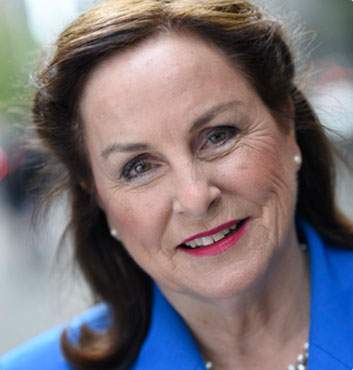Who Should Give Up Alcohol for the month of January?
Drinkers who are “sober curious,” those who may have imbibed too much during the holidays are good candidates for “Dry January.” Alcohol dependent drinkers should not detox during the month of January without the supervision of a doctor; they could have alcohol withdrawal syndrome. The withdrawal symptoms from alcohol dependency may include restlessness, hallucinations, nausea, tremors, insomnia, sweating, anxiety and depression.
Drinkers with a moderate or high level of drinking would benefit from quitting alcohol for a month. But what is considered “moderate” drinking? For healthy adults, it generally means up to one drink for women and two for men during one day. How much is one drink measured? It’s 12 fluid ounces of beer or 5 fluid ounces of wine.
The Benefits of TeeTotaling
- Concentration and memory levels increase as result of better sleep.
- Skin is better hydrated and healthy.
- You can possibly lose anywhere between 6-15 lbs. without sugary drinks or beer.
- Decrease in blood pressure of around 5%.
- Improvement in diabetes risk of about 20%.
- Liver and stomach will also have benefited from not dealing with alcohol.
What Are the Long-term Health Risks of Alcohol Abuse?
- High Blood Pressure
- Heart Disease
- Stroke
- Liver Disease
- Digestive problems
- Cancer of the breast, mouth, throat, esophagus, voice box, liver, colon and rectum.
How Can You Stay Alcohol Free for a Month When The Odds are 19 to 55% that You’ll Pick Up Again?
How Do you Beat the odds when 15% of U.S. adults said they would observe Dry January in 2023, but that percentage is down from 19% in 2022? Here are some suggestions:
- Make a campaign with your friends to not meet at bars. Find other ways to socialize: walking, movies, gyms, and museum attendance, for example.
- When triggered, keep an app on your phone for support such as “Try Dry.” It’s free and tracks your drinking with personal goals and offers motivational information such as calories and money saved.
- Look at Rethinking Drinking Site created by The National Institute on Alcohol Abuse and Alcoholism (NIAAA).
- Keep a journal of your relationship with alcohol. Are you a “gray area drinker?” One who is not an alcoholic, but drinks too much. (During the pandemic, there was a 54% increase in women’s drinking, resulting in fatty liver disease.
What Do You Do If You Have to Attend A Party or Meeting in a Bar?
- Many bartenders make “mocktails,” combinations of sodas, juices, herbs and syrups to create unique flavors such as strawberry spritzers, peach lemonade, rosemary and ginger mule. Of course, there are still the Virgin Marys (Bloody Mary without alcohol) or Shirley Temples, non-alcoholic drinks made with ginger ale, grenadine and topped with maraschino cherries.
- You can also find non-alcoholic drinks on restaurant menus.
- One of the latest trends in mixology are hemp-infused and CBD beverages. Because CBD is still a controlled substance, it can’t be added to alcoholic beverages. Hemp doesn’t get you “high,” but does promote relaxation.
By not drinking for a month, you may find the health benefits outweigh your thirst for alcohol. You may want to challenge yourself to go further than one month of being alcohol free and feel even better, curbing the damage to your brain, liver, skin, and internal organs that alcohol affects, and boosting your immune system.
Sources: Alcohol Change UK, Priory Group, sipyours.com, cbsnews.com, forbes.com.

Wesley Cullen Davidson
Wesley Cullen Davidson is an award-winning freelance writer and journalist specializing in parenting. Currently, she is targeting her writing about recovery to parents whose children have substance abuse disorders.